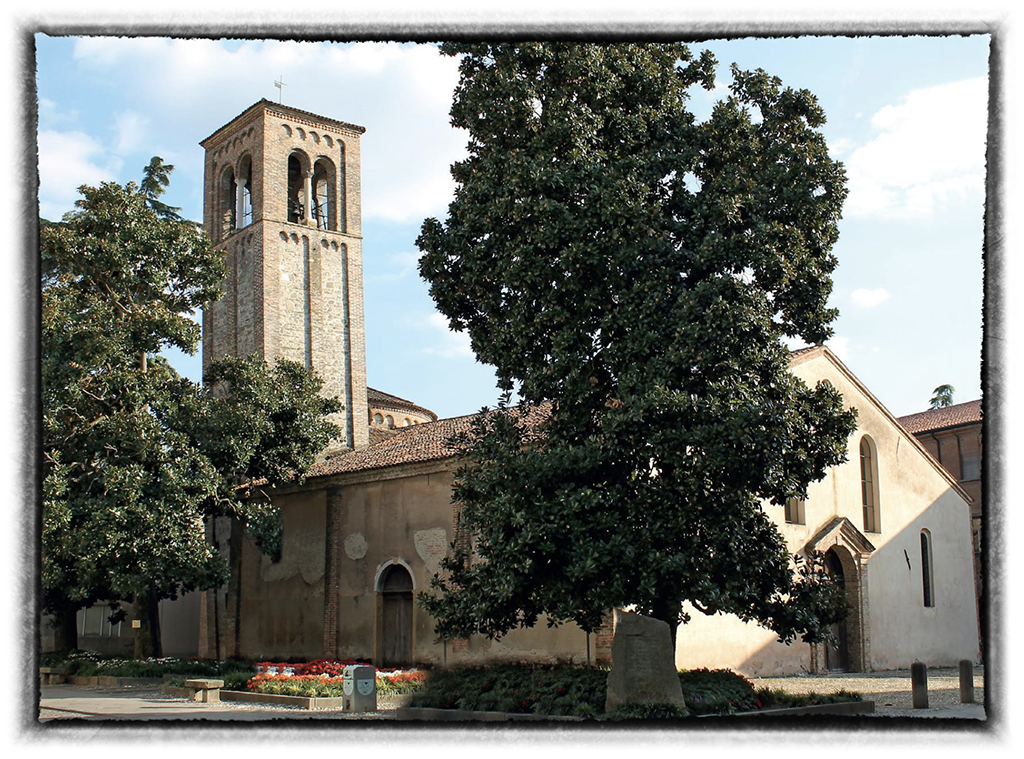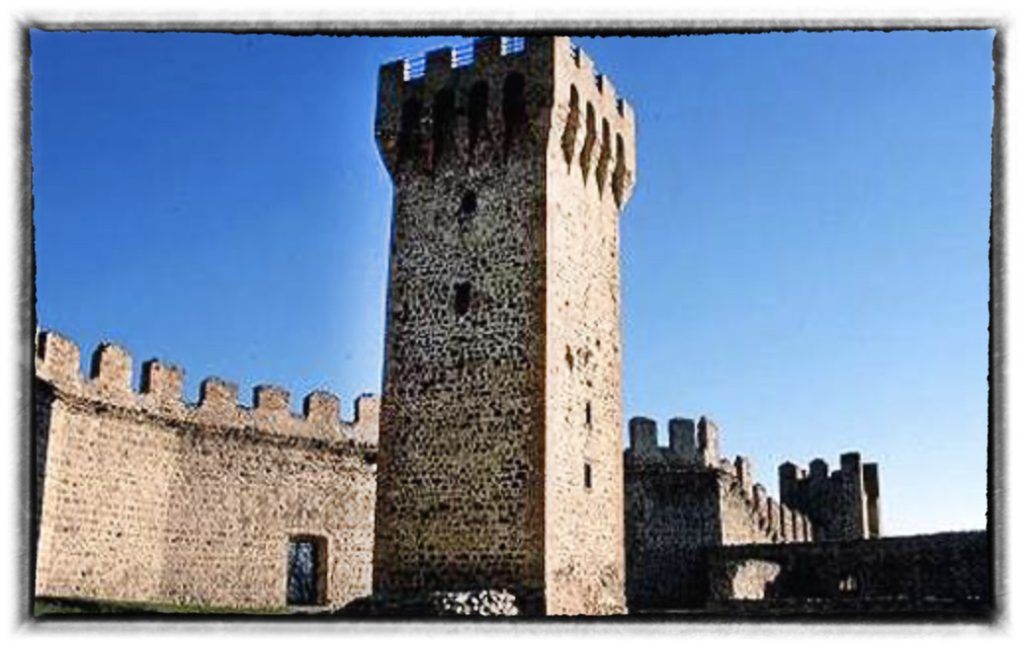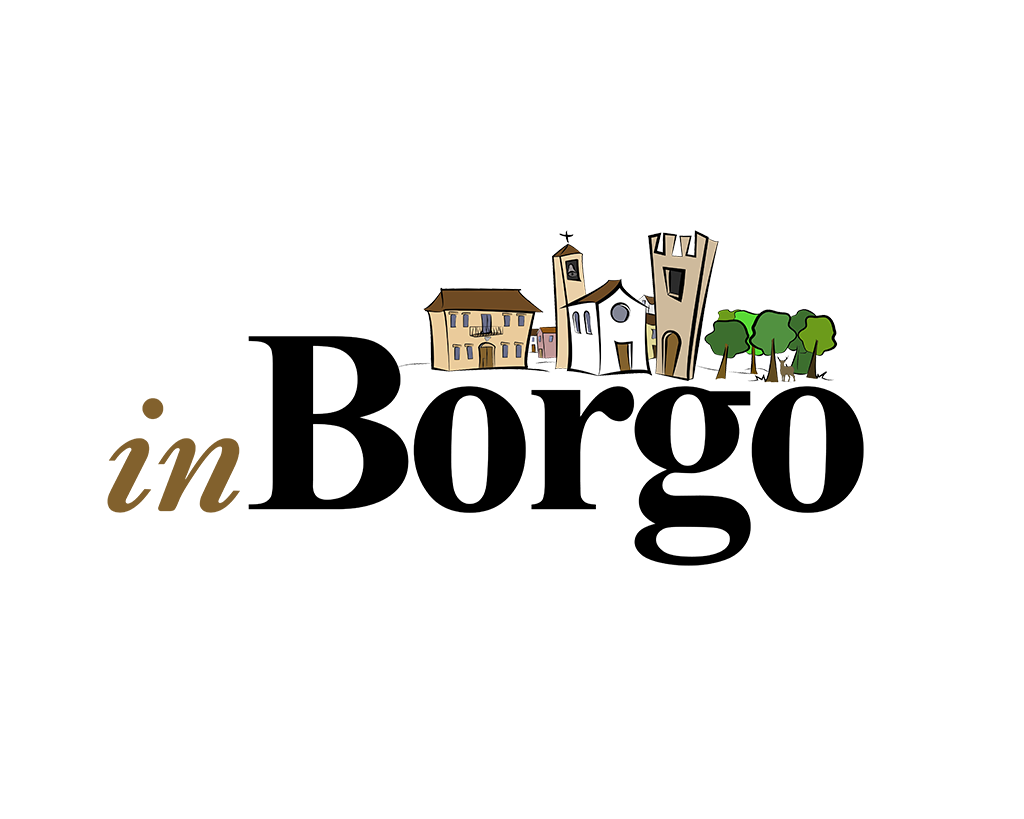Il nome della città è legato a quello del fiume Adige. Anche se ora il percorso del fiume non lambisce la città, fino alla disastrosa inondazione del 589 d.c. (che ne cambiò il percorso), l’Adige attraversava la città. Infatti il nome Este in latino Ateste, viene da Athesis, ovvero Adige. Città antichissima, ottenne nell’ 89 A.C. il diritto latino. Poco dopo anche il diritto romano. Alla caduta dell’impero romano, la città si svuotò quasi completamente. Fu la la casata dei Marchesi Adalberti di Toscana, che, conquistando l’area, prese il nome di Casato degli Estensi che contribuì alla rinascita della città. Una volta costruito il Castello, Este ricominciò a popolarsi intorno a questo edificio. Per ben 400 anni vi furono continui cambi di potere tra diverse casate fino a quando la città si consegnò spontaneamente alla repubblica veneziana. Fu da questo momento (1405), che Este vide fiorire l’economia, cultura e arte.
Tantissimi sono i luoghi da vedere a cominciare dal castello costruito nel 1339, distrutto e poi ricostruito. La torre che domina la parte interna del Castello (ora adibito a giardini pubblici) è alto 21 metri ed è visitabile.
Così come lo è la Rocca di Ponte Torre, del XII secolo. Fu costruita per avvistare attacchi dal Veronese. E’ alta 24 metri.
2 sono le aree archeologiche: la necropoli protostorica di via Santo Stefano del VII-II secolo a.C. dove vi sono ben 150 tombe. Testimoniano la civiltà dei veneti antichi presenti nella zona. Queste testimonianze possono essere viste anche all’interno del Palazzo Mocenigo (sec. XVI), sede del Museo Nazionale Atestino.
L’altra area archeologica è quella del quartiere pubblico Romano del I secolo d.c. dove sono visibili resti di edifici e di una strada romana.
Tantissimi sono gli edifici religiosi di rilievo, tra di essi spicca il Duomo di Santa Tecla, edificio costruito sulle rovine di una chiesa paleocristiana. Diversi terremoti l’hanno danneggiata e l’edificio che vediamo oggi, con una particolarissima facciata unica nel suo genere, presenta una pianta Ovale su progetto di Vincenzo Scamozzi e fu terminata nel 1730 circa.
Un altro edificio religioso di nota è il Santuario Basilica di Santa Maria delle Grazie (sec. XV-XVIII). Ma l’edificio religioso più antico è la piccola chiesa di San Martino che parrebbe essere stata costruita prima dell’IX secolo. La particolarità è la torre pendente piuttosto grande rispetto ala grandezza della chiesa.
Nei dintorni della città di Este anche numerose ville, tra di loro bisogna ricordare la Dolfin-Boldù (sec. XVII), ora sede della biblioteca e Villa Zenobio Albrizzi (sec. XVIII) con all’interno preziosi stucchi e un parco di 3 ettari e mezzo.
The city’s name is linked to that of the Adige River. Although the course of the river does not now lap the city, until the disastrous flood of 589 A.D. (which changed its course), the Adige flowed through the city. In fact, the name Este in Latin, Ateste, comes from Athesis, meaning Adige. A very ancient city, it obtained Latin law in 89 BC. Shortly afterwards also Roman law. At the fall of the Roman Empire, the city was almost completely emptied. It was the lineage of the Marquis Adalberti of Tuscany, who conquered the area and took the name of the House of Este, that contributed to the rebirth of the city. Once the castle was built, Este began to populate again around this building. For a good 400 years there were continuous changes of power between different lineages until the city spontaneously surrendered to the Venetian Republic. It was from this moment (1405) that Este saw its economy, culture and art flourish.
There are many places to see, starting with the castle built in 1339, destroyed and then rebuilt. The tower that dominates the inner part of the castle (now used as a public garden) is 21 metres high and can be visited.
So is the 12th-century Rocca di Ponte Torre. It was built to sight attacks from the Verona area. It is 24 metres high.
There are two archaeological areas: the Protohistoric Necropolis of Via Santo Stefano from the 7th-2nd century B.C. where there are no visible 150 tombs. They bear witness to the civilisation of the ancient Venetians present in the area. These testimonies can also be seen inside Palazzo Mocenigo (16th century), home to the Atestino National Museum.
The other archaeological area is the Roman public quarter from the 1st century A.D. where remains of buildings and a Roman road are visible.
There are many important religious buildings, among them the Cathedral of St Thecla, built on the ruins of an early Christian church. Several earthquakes damaged it and the building we see today, with its unique façade, has an oval plan designed by Vincenzo Scamozzi and was completed around 1730.
Another religious building of note is the Sanctuary Basilica of Santa Maria delle Grazie (15th-18th century). However, the oldest religious building is the small church of San Martino, which appears to have been built before the 9th century. Its peculiarity is the leaning tower, which is rather large compared to the size of the church.
There are also numerous villas around Este, among them the Dolfin-Boldù (17th century), now home to the library, and Villa Zenobio Albrizzi (18th century) with precious stuccoes inside and a park of 3½ hectares.


